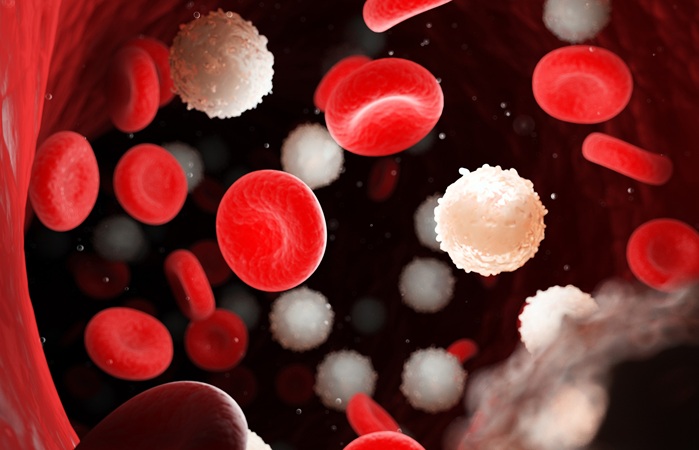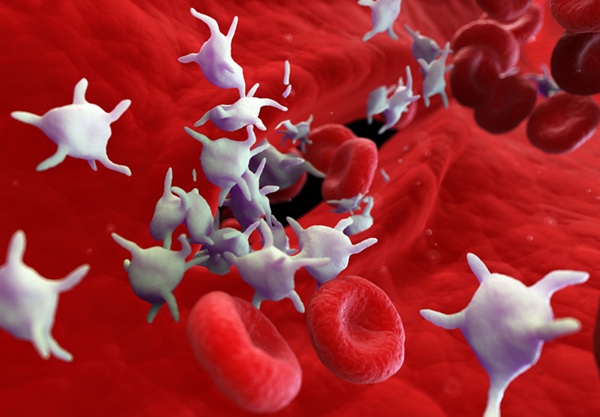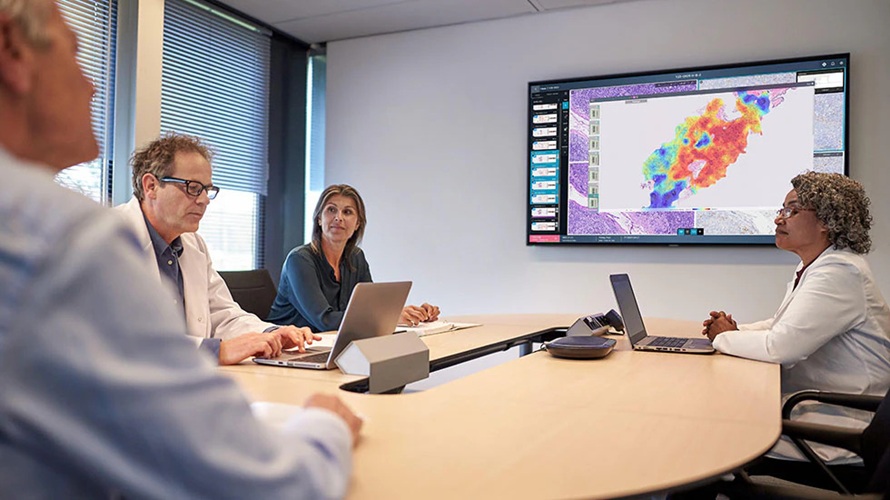Glycated Hemoglobin Testing Simplifies Diabetes Screening In Remote Area
|
By LabMedica International staff writers Posted on 21 Jul 2015 |
In contrast to the current diagnostic blood glucose testing, assessment of glycated hemoglobin A (HbA1c) requires no fasting and this makes it more suitable for opportunistic testing, and results in fewer missed diagnoses.
Early identification of diabetes and associated complications provides an opportunity to start effective preventive treatment that reduces the subsequent development or progression of macrovascular and microvascular disease.
Scientists at the Rural Clinical School, University of Western Australia (Broome, Australia) performed a cross-sectional study that independently classified 255 Aboriginal Australians aged 15 years or more without confirmed diabetes and due for diabetes testing at participating clinics. These were six primary health care sites in the Kimberley region of Western Australia from September 1, 2011, to November 30, 2013.
Capillary blood HbA1c concentration was measured in a finger-prick blood sample collected by primary health care providers and analyzed on a point-of-care DCA 2000+ Analyzer (Siemens/Bayer; Erlangen, Germany). Venous plasma HbA1c levels were measured using an automated immunoassay, with anticoagulated whole blood specimens automatically hemolysed by HbA1c hemolysis reagent in the predilution cuvette on a cobas Integra 800 analyzer (Roche Diagnostics; Basel, Switzerland). Venous plasma glucose (PG) levels were measured by enzymatic assay (glucose oxidase spectrophotometric dry chemistry) on a Vitros 250 Analyzer (Ortho Clinical Diagnostics; Rochester, NY, USA).
All participants with a confirmed diagnosis of diabetes were identified by the HbA1c algorithm as having either diabetes including 15 cases or 5 cases of prediabetes. Those classified as having prediabetes are expected to be followed up more frequently, reducing the chance of diabetes in these patients being missed for any length of time. HbA1c testing is clearly more likely to detect diabetes than glucose testing. The investigators found that participants were significantly more likely to receive a definitive test result within seven days using the HbA1c test, and were more likely to be followed up if an initial result was abnormal.
Julia V. Marley, PhD, the lead author said, “Our study shows that adopting the Kimberley HbA1c algorithm may simplify the testing process in previously undiagnosed individuals and provide a timelier and more accurate diagnosis of diabetes for Aboriginal people and other high-risk remote populations in Australia and elsewhere in the world.” The study was published on July 6, 2015, in the Medical Journal of Australia.
Related Links:
University of Western Australia
Siemens/Bayer
Roche Diagnostics
Early identification of diabetes and associated complications provides an opportunity to start effective preventive treatment that reduces the subsequent development or progression of macrovascular and microvascular disease.
Scientists at the Rural Clinical School, University of Western Australia (Broome, Australia) performed a cross-sectional study that independently classified 255 Aboriginal Australians aged 15 years or more without confirmed diabetes and due for diabetes testing at participating clinics. These were six primary health care sites in the Kimberley region of Western Australia from September 1, 2011, to November 30, 2013.
Capillary blood HbA1c concentration was measured in a finger-prick blood sample collected by primary health care providers and analyzed on a point-of-care DCA 2000+ Analyzer (Siemens/Bayer; Erlangen, Germany). Venous plasma HbA1c levels were measured using an automated immunoassay, with anticoagulated whole blood specimens automatically hemolysed by HbA1c hemolysis reagent in the predilution cuvette on a cobas Integra 800 analyzer (Roche Diagnostics; Basel, Switzerland). Venous plasma glucose (PG) levels were measured by enzymatic assay (glucose oxidase spectrophotometric dry chemistry) on a Vitros 250 Analyzer (Ortho Clinical Diagnostics; Rochester, NY, USA).
All participants with a confirmed diagnosis of diabetes were identified by the HbA1c algorithm as having either diabetes including 15 cases or 5 cases of prediabetes. Those classified as having prediabetes are expected to be followed up more frequently, reducing the chance of diabetes in these patients being missed for any length of time. HbA1c testing is clearly more likely to detect diabetes than glucose testing. The investigators found that participants were significantly more likely to receive a definitive test result within seven days using the HbA1c test, and were more likely to be followed up if an initial result was abnormal.
Julia V. Marley, PhD, the lead author said, “Our study shows that adopting the Kimberley HbA1c algorithm may simplify the testing process in previously undiagnosed individuals and provide a timelier and more accurate diagnosis of diabetes for Aboriginal people and other high-risk remote populations in Australia and elsewhere in the world.” The study was published on July 6, 2015, in the Medical Journal of Australia.
Related Links:
University of Western Australia
Siemens/Bayer
Roche Diagnostics
Read the full article by registering today, it's FREE! 

Register now for FREE to LabMedica.com and get complete access to news and events that shape the world of Clinical Laboratory Medicine. 
- Free digital version edition of LabMedica International sent by email on regular basis
- Free print version of LabMedica International magazine (available only outside USA and Canada).
- Free and unlimited access to back issues of LabMedica International in digital format
- Free LabMedica International Newsletter sent every week containing the latest news
- Free breaking news sent via email
- Free access to Events Calendar
- Free access to LinkXpress new product services
- REGISTRATION IS FREE AND EASY!
Sign in: Registered website members
Sign in: Registered magazine subscribers
Latest Clinical Chem. News
- Carbon Nanotubes Help Build Highly Accurate Sensors for Continuous Health Monitoring
- Paper-Based Device Boosts HIV Test Accuracy from Dried Blood Samples
- AI-Powered Raman Spectroscopy Method Enables Rapid Drug Detection in Blood
- Novel LC-MS/MS Assay Detects Low Creatinine in Sweat and Saliva
- Biosensing Technology Breakthrough Paves Way for New Methods of Early Disease Detection
- New Saliva Test Rapidly Identifies Paracetamol Overdose
- POC Saliva Testing Device Predicts Heart Failure in 15 Minutes

- Screening Tool Detects Multiple Health Conditions from Single Blood Drop
- Integrated Chemistry and Immunoassay Analyzer with Extensive Assay Menu Offers Flexibility, Scalability and Data Commutability
- Rapid Drug Test to Improve Treatment for Patients Presenting to Hospital
- AI Model Detects Cancer at Lightning Speed through Sugar Analyses
- First-Ever Blood-Powered Chip Offers Real-Time Health Monitoring
- New ADLM Guidance Provides Expert Recommendations on Clinical Testing For Respiratory Viral Infections
- 3D Printed Point-Of-Care Mass Spectrometer Outperforms State-Of-The-Art Models
- POC Biomedical Test Spins Water Droplet Using Sound Waves for Cancer Detection
- Highly Reliable Cell-Based Assay Enables Accurate Diagnosis of Endocrine Diseases
Channels
Molecular Diagnostics
view channel
Novel Point-of-Care Technology Delivers Accurate HIV Results in Minutes
HIV diagnostic methods have traditionally relied on detecting HIV-specific antibodies, which typically appear weeks after infection. This delayed detection has hindered early diagnosis, complicating patient... Read more
Blood Test Rules Out Future Dementia Risk
Previous studies have suggested that specific biomarkers, such as tau217, Neurofilament Light (NfL), and Glial Fibrillary Acidic Protein (GFAP), may be valuable for early dementia diagnosis.... Read moreHematology
view channel
New Scoring System Predicts Risk of Developing Cancer from Common Blood Disorder
Clonal cytopenia of undetermined significance (CCUS) is a blood disorder commonly found in older adults, characterized by mutations in blood cells and a low blood count, but without any obvious cause or... Read more
Non-Invasive Prenatal Test for Fetal RhD Status Demonstrates 100% Accuracy
In the United States, approximately 15% of pregnant individuals are RhD-negative. However, in about 40% of these cases, the fetus is also RhD-negative, making the administration of RhoGAM unnecessary.... Read moreImmunology
view channel
Machine Learning-Enabled Blood Test Predicts Immunotherapy Response in Lymphoma Patients
Chimeric antigen receptor (CAR) T-cell therapy has emerged as one of the most promising recent developments in the treatment of blood cancers. However, over half of non-Hodgkin lymphoma (NHL) patients... Read more
Post-Treatment Blood Test Could Inform Future Cancer Therapy Decisions
In the ongoing advancement of personalized medicine, a new study has provided evidence supporting the use of a tool that detects cancer-derived molecules in the blood of lung cancer patients years after... Read moreMicrobiology
view channel
Breakthrough Diagnostic Technology Identifies Bacterial Infections with Almost 100% Accuracy within Three Hours
Rapid and precise identification of pathogenic microbes in patient samples is essential for the effective treatment of acute infectious diseases, such as sepsis. The fluorescence in situ hybridization... Read more
Innovative ID/AST System to Help Diagnose Infectious Diseases and Combat AMR
Each year, 11 million people across the world die of sepsis out of which 1.3 million deaths are due to antibiotic-resistant bacteria. The burden of antimicrobial resistance (AMR) continues to weigh heavily,... Read more
Gastrointestinal Panel Delivers Rapid Detection of Five Common Bacterial Pathogens for Outpatient Use
Acute infectious gastroenteritis results in approximately 179 million cases each year in the United States, leading to a significant number of outpatient visits and hospitalizations. To address this, a... Read morePathology
view channel
AI Model Predicts Patient Response to Bladder Cancer Treatment
Each year in the United States, around 81,000 new cases of bladder cancer are diagnosed, leading to approximately 17,000 deaths annually. Muscle-invasive bladder cancer (MIBC) is a severe form of bladder... Read more
New Laser-Based Method to Accelerate Cancer Diagnosis
Researchers have developed a method to improve cancer diagnostics and other diseases. Collagen, a key structural protein, plays various roles in cell activity. A novel multidisciplinary study published... Read more
New AI Model Predicts Gene Variants’ Effects on Specific Diseases
In recent years, artificial intelligence (AI) has greatly enhanced our ability to identify a vast number of genetic variants in increasingly larger populations. However, up to half of these variants are... Read more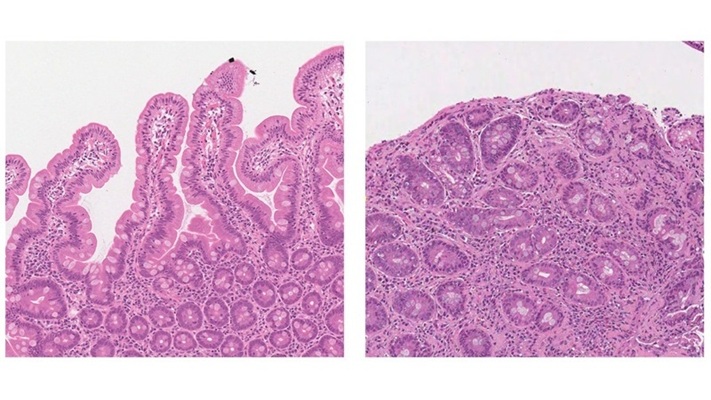
Powerful AI Tool Diagnoses Coeliac Disease from Biopsy Images with Over 97% Accuracy
Coeliac disease is an autoimmune disorder triggered by the consumption of gluten, causing symptoms such as stomach cramps, diarrhea, skin rashes, weight loss, fatigue, and anemia. Due to the wide variation... Read moreTechnology
view channel
Innovative, Label-Free Ratiometric Fluorosensor Enables More Sensitive Viral RNA Detection
Viruses present a major global health risk, as demonstrated by recent pandemics, making early detection and identification essential for preventing new outbreaks. While traditional detection methods are... Read more
Smartphones Could Diagnose Diseases Using Infrared Scans
Rapid advancements in technology may soon make it possible for individuals to bypass invasive medical procedures by simply uploading a screenshot of their lab results from their phone directly to their doctor.... Read more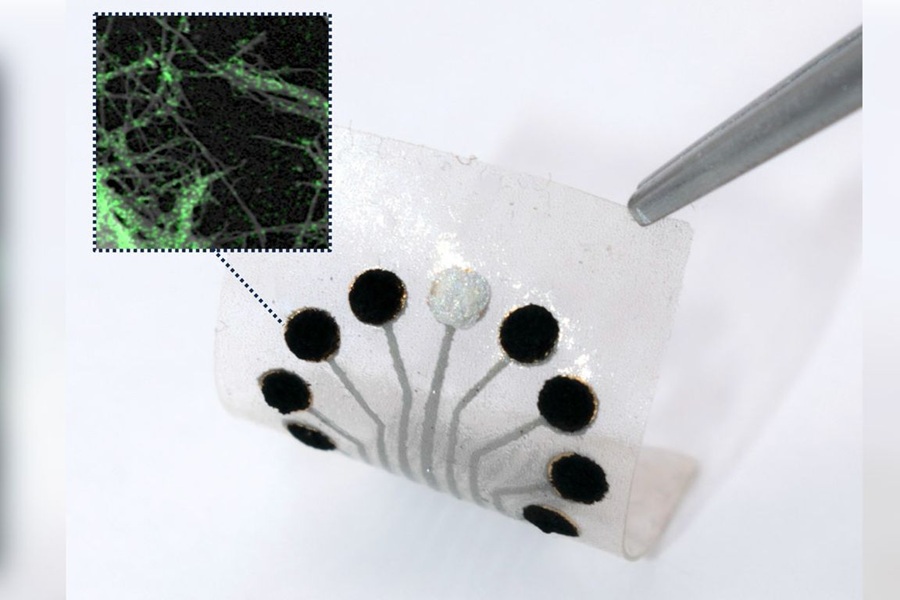
Novel Sensor Technology to Enable Early Diagnoses of Metabolic and Cardiovascular Disorders
Metabolites are critical compounds that fuel life's essential functions, playing a key role in producing energy, regulating cellular activities, and maintaining the balance of bodily systems.... Read more
3D Printing Breakthrough Enables Large Scale Development of Tiny Microfluidic Devices
Microfluidic devices are diagnostic systems capable of analyzing small volumes of materials with precision and speed. These devices are used in a variety of applications, including cancer cell analysis,... Read moreIndustry
view channel
New Collaboration to Advance Microbial Identification for Infectious Disease Diagnostics
With the rise of global pandemics, antimicrobial resistance, and emerging pathogens, healthcare systems worldwide are increasingly dependent on advanced diagnostic tools to guide clinical decisions.... Read more















